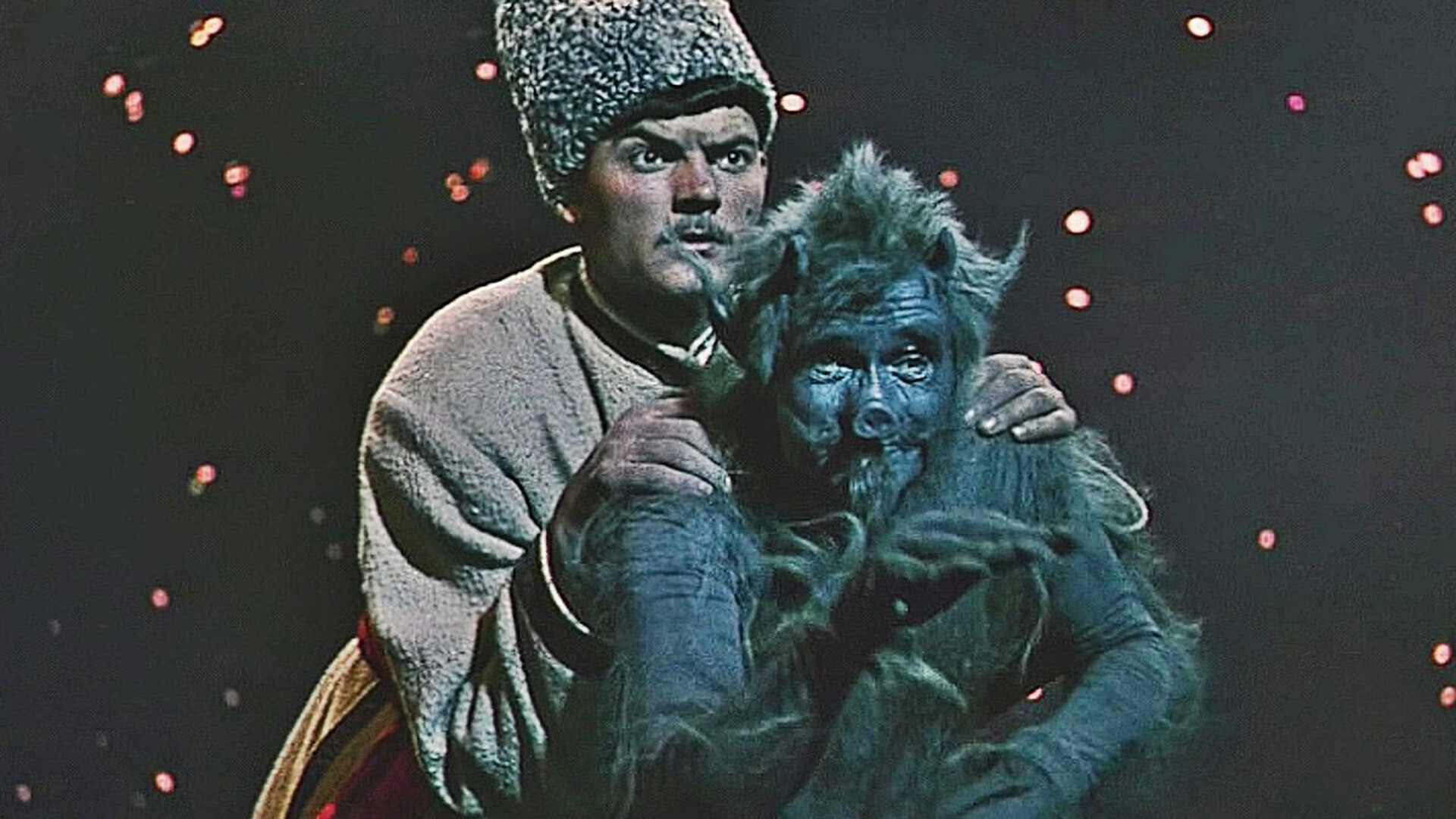
A still from 'Evenings on a Farm Near Dikanka' movie
Alexander Rou/Gorky Film Studio, 1961Gogol was a trailblazer in Russian mystical literature. In 1831, he astonished prim and proper St. Petersburg high society when he wrote a vivid and disturbing work about the supernatural. Gogol was born and raised in the Russian Empire’s region of Malorossiya (“Little Russia”, a region that’s today under control of Ukraine). The plot of Evenings takes place on a local farm, and the heroes of the story are ordinary peasants, farmhands and Cossacks.
Evenings is a collection of stories that include amusing tales with scenes and dialogues full of humor. At the same time, there’s a lot of mysticism. For example, the best known story in the collection, The Night Before Christmas, features the devil as one of the leading characters. Unlike the sinister demon found in the Bible, Gogol’s devil is an amusing and somewhat harmless figure with a tail, and even helps the main protagonist win the heart of the girl he loves. This story is so popular that it’s been adapted for the silver screen by a number of Russian film directors.
In other stories, however, the plots that dwell on the supernatural are quite macabre. May Night, A Terrible Vengeance and other tales feature witches, sorcerers and, for example, drowned women who emerge from the water and drag people down into a watery grave.
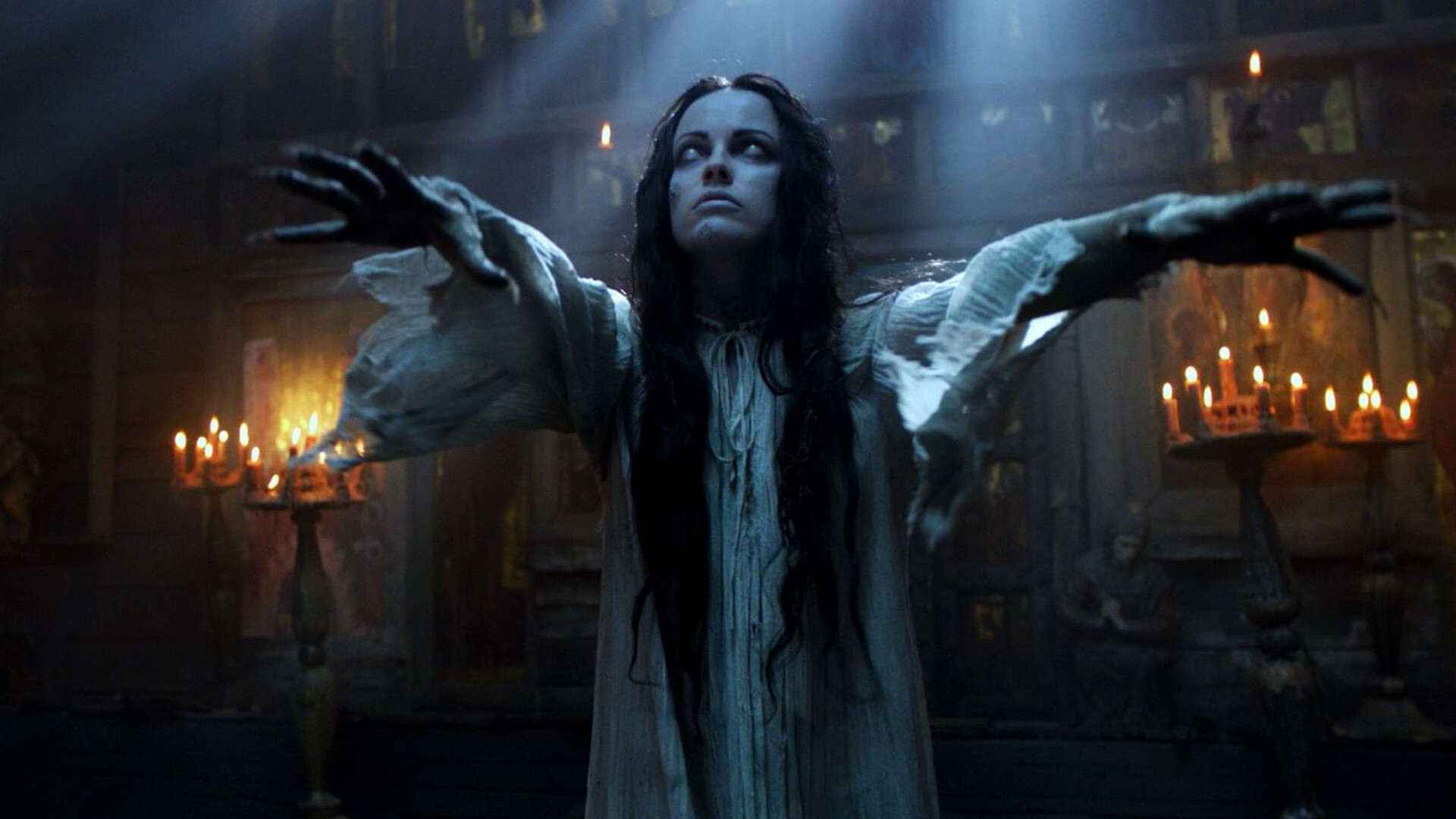
A still from 'Viy' a.k.a. 'Forbidden Empire' movie
Oleg Stepchenko/Russian Film Group: Мarins Group Entertainment, 2014Viy is one of the four stories in the Mirgorod collection of tales, and is considered a continuation of Evenings on a Farm. All the other stories are more or less realistic (for example, the widely-known Taras Bulba). Viy is the only exception, and can confidently be described as the first Russian horror story. Due to its terrifying plot and an incredibly detailed description of "supernatural spirits", the story has been adapted for the silver screen multiple times.
The plot goes like this: a student of the Kiev Theological Academy arrives at a remote Ukrainian farm to perform the funeral rites for the deceased daughter of a rich man. He is locked in a church for the night, alone with the deceased, to ensure that he diligently recites the prayers for her soul. What happens next defies retelling - it's better to read the story and find out for yourself. If you’re particularly emotional and easily scared, then don't read it at bedtime.
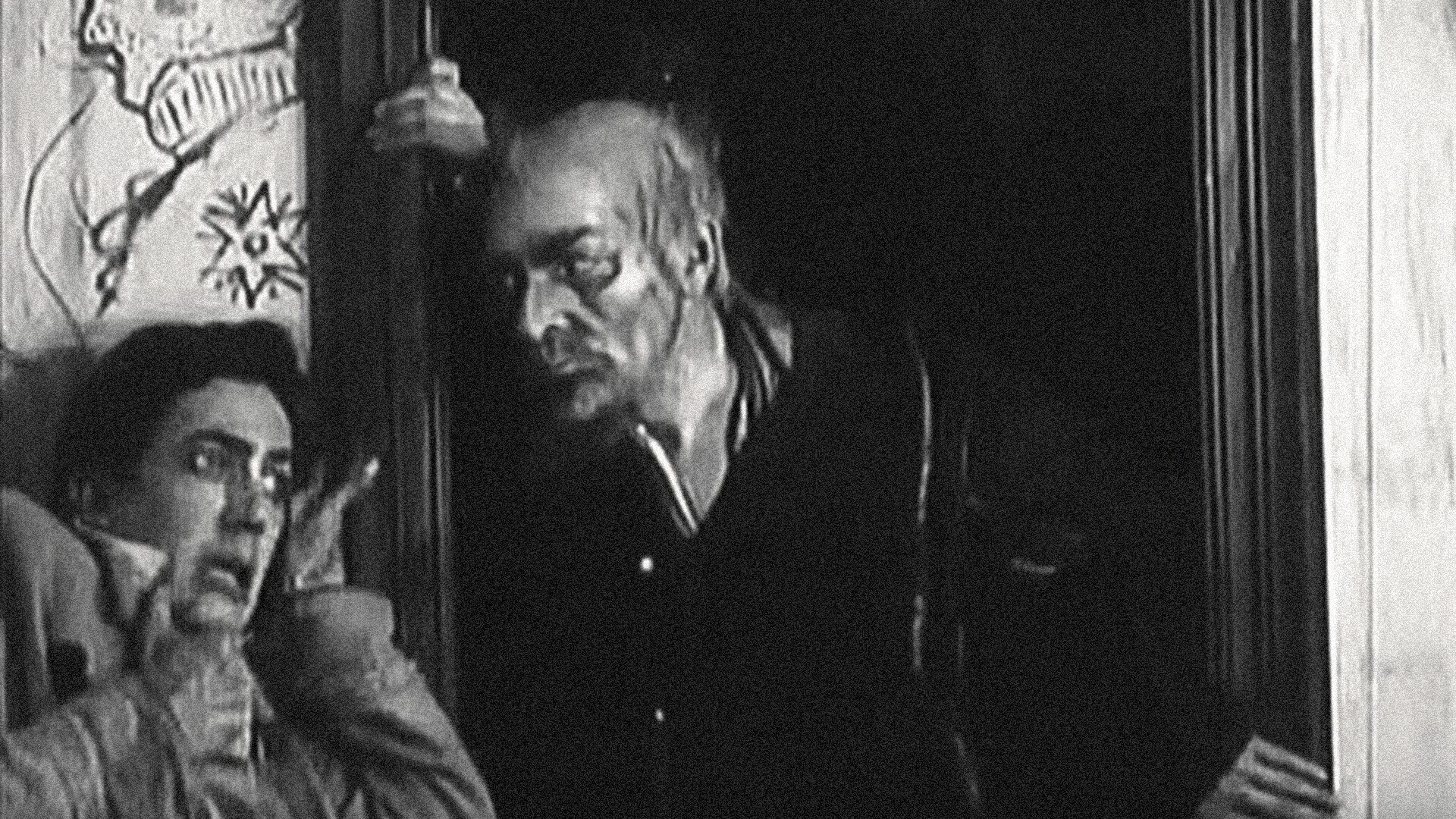
A still from 'The Portrait' silent film
Ladislas Starevich, 1915Following the success of the Little Russia series of stories in Evenings on a Farm Near Dikanka, and Mirgorod, Gogol decided to write a series of tales that took place in St. Petersburg. This idea came to him after he had already been living several years in the Russian Empire’s capital.
These stories also have a mystical element, but of a very different kind. We don't encounter the monsters and witches of his folkloric works, but rather, Gogol brings to our attention supernatural forces of a completely different nature. For instance, The Nose is an absurdist short story about a status-obsessed and unlikeable imperial bureaucrat, Major Kovalyov, who one day wakes up without his nose. In a surrealistic twist, Major Kovalyov’s olfactory organ starts to have a life of its own and ‘walks’ around the city as if this was normal.
However, if you’re really seeking some chilling thrills, then you should read his story The Portrait, which is far superior in suspense and horror than Oscar Wilde and his Dorian Gray. This is the story of a penniless artist who spends his last bit of money to buy the portrait of an unidentified old man. The artist has the sensation that the person looking at him out of the picture is alive. He even has a dream in which the old man comes out of the frame and gives him a bundle of money. In the morning, next to the portrait, he indeed finds the money that he saw in his dream.
Soon afterwards, the artist becomes famous for his talent and is showered with commissions to do portraits, but eventually his ability fades. The artist goes insane and soon dies. Later, it turns out that the ill-fated portrait depicted a greedy moneylender, and he and his portrait had already brought misfortune to many other hapless victims.
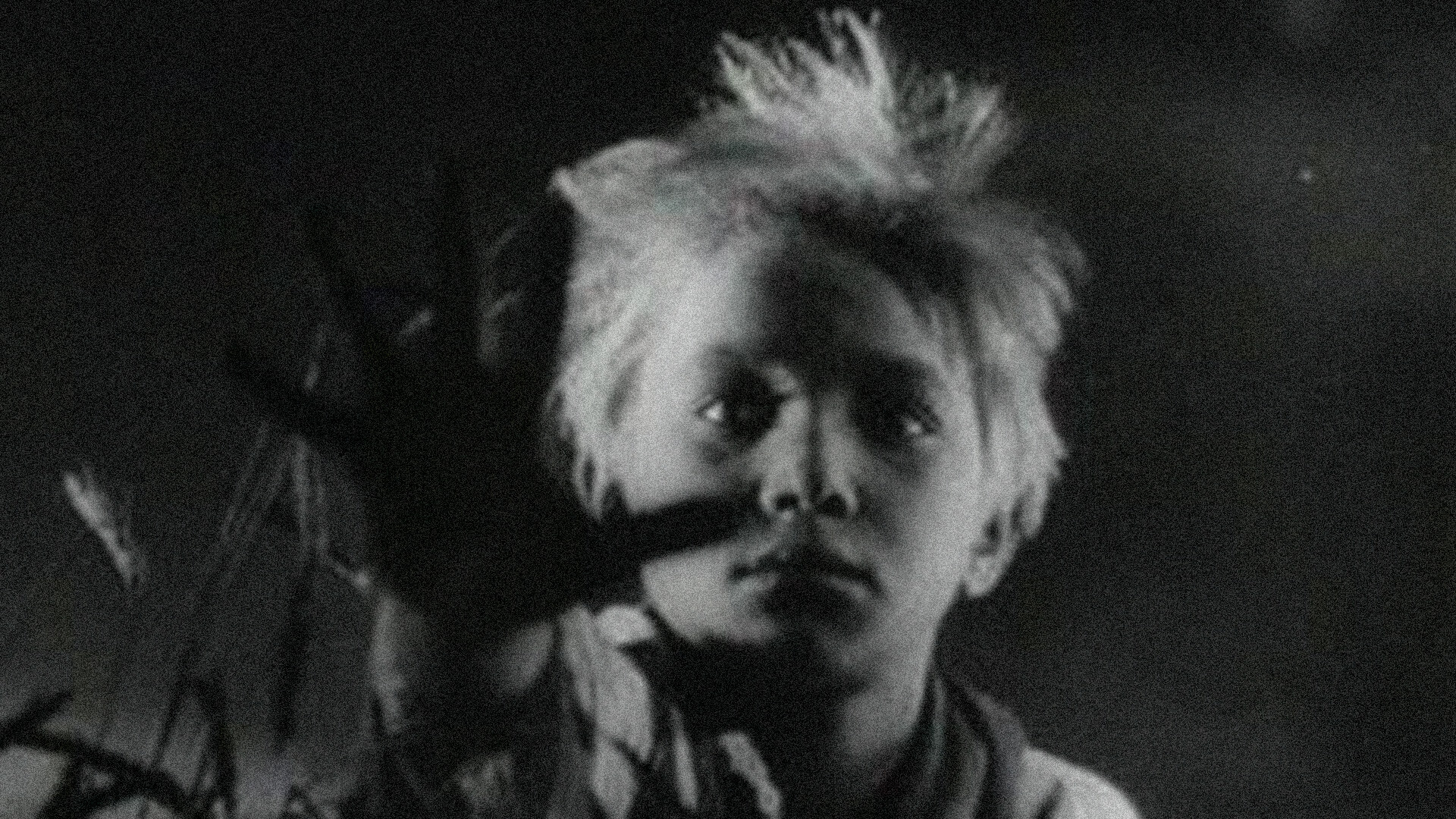
A still from 'Bezhin Meadow'
Sergei Eisenstein/Mosfilm, 1935Gogol wasn’t the only 19th century Russian classical writer who demonstrated an interest in mysticism in his literary work. Ivan Turgenev was one of the principal realists of 19th century classic Russian literature, however, on occasion he did not shy away from mystical themes. His Sketches from a Hunter's Album includes a story describing something almost like horrific Gogolesque events.
One fine sunny day in July, the narrator goes hunting. Nothing forebodes even the hint of a storm, but then, in an instant, the hunter can't fathom how he suddenly has ended up in a dark thicket beneath a sinister sky. He has clearly lost his way and doesn't know how to retrace his steps. The hunter wanders around until late evening, when, exhausted, he stumbles upon a group of peasant boys grazing their horses and seated around a campfire.
The hunter asks if he can stop to rest and he starts listening to the stories that they’re telling each other - about house sprites, forest demons and other supernatural beings and ghosts. The tales about these extraordinary incidents will make the reader's hair stand on end.
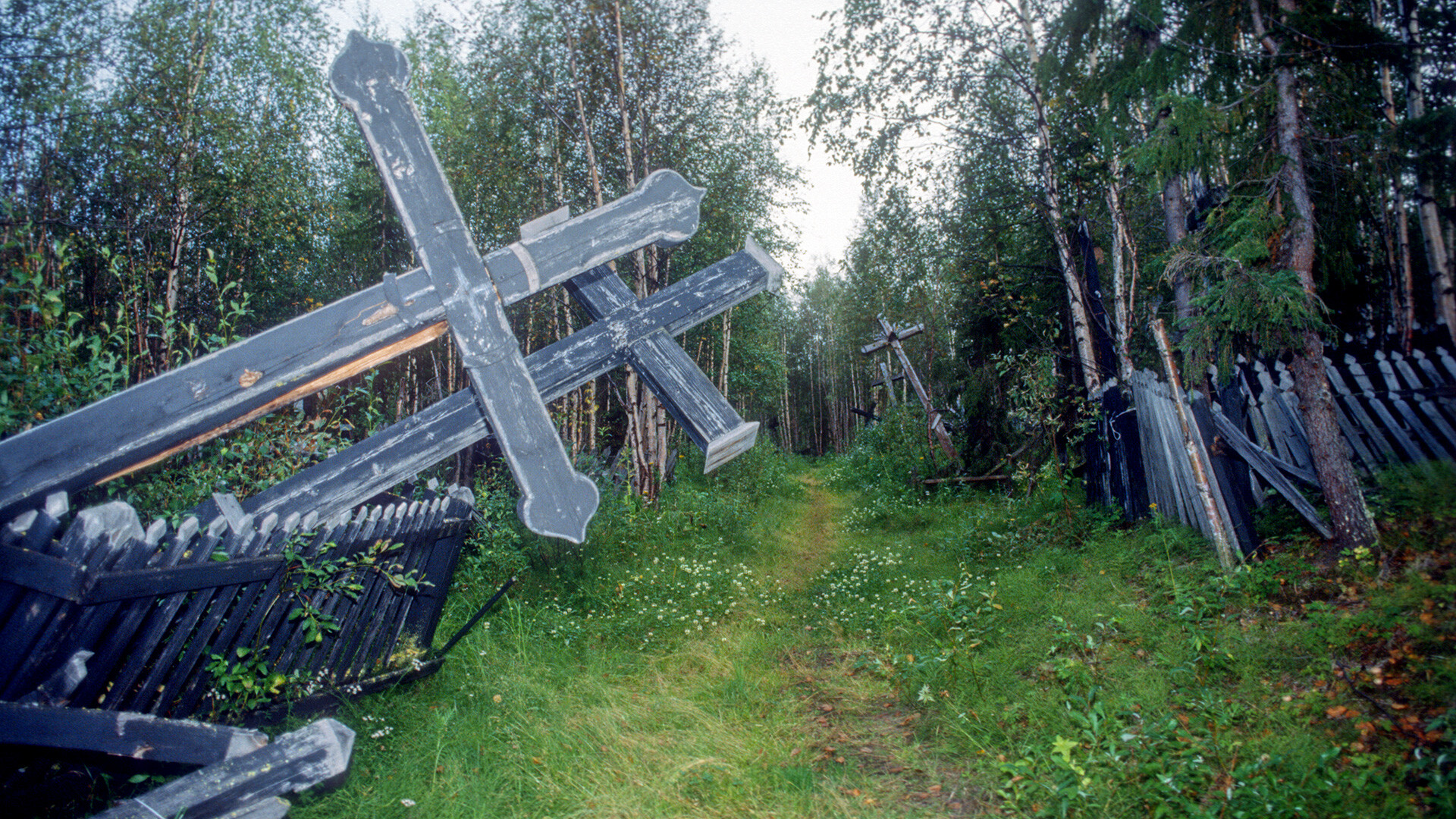
During his lifetime Dostoevsky was described as the "new Gogol" because he frequently embraced mystical themes. However, the author often manifested these supernatural ideas through the concepts of madness, delirium and hallucinations. For example, the plot of Bobok revolves around a chronically drunk journalist who attends a funeral (profusely imbibing himself with alcohol beforehand). The journalist ends up remaining in the cemetery past closing hours, and falls asleep on top of one of the graves. In his sleep he falls into a delirium and seems to hear the voices of the dead. When he wakes up, the hallucination continues and he can make out their speech and conversation. In addition to their words, however, he can also hear indecipherable, gibberish-like sounds resembling "bobok, bobok, bobok".
The idea for the story came to Dostoevsky as a result of a slight he had suffered at the hands of a Saint Petersburg journalist and critic who had written that artist Vasily Perov's portrait of the famous author revealed that he was suffering from a serious illness; in short, the literary critic pretty much labeled Dostoevsky as mentally ill. So, in this story Dostoevsky chose a journalist as his anti-hero and utilized madness as the story's main theme, pushing it to the point of absurdity.
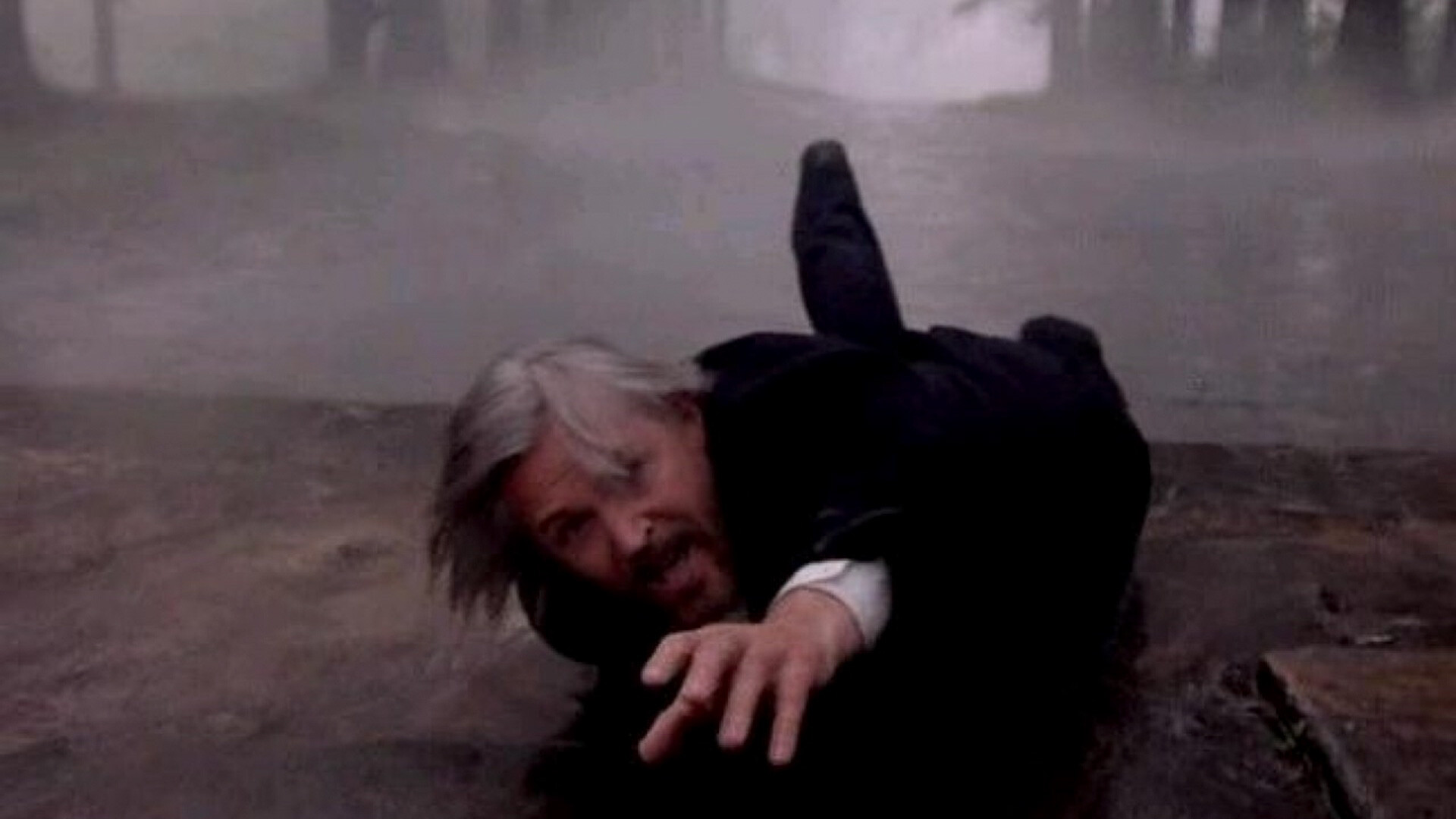
A still from 'The Black Monk'
Ivan Dykhovichny/Mosfilm, Rhythm creative association, 1988Chekhov is one of Russia’s leading authors of realistic short stories, but in this work he takes the audience to the dividing line between the real and the mystical, the actual and the illusory. Needless to say, this is quite atypical for Chekhov.
The story revolves around a philosopher by the name of Kovrin who has mental health issues. Having heard legends about the ghost of a black monk, one day he clearly sees the ghost himself. He becomes obsessed with the black monk and even converses with him. Kovrin's fiancée Tanya tries to help, believing he’s mentally ill and needs help, but the philosopher disagrees.
Chekhov himself said that Kovrin suffered from delusions of grandeur. It’s possible that this was the flaw that developed into madness. The story has earned the reputation for being enigmatic, and even Chekhov's contemporaries were left guessing what it meant and what the author wanted to say.
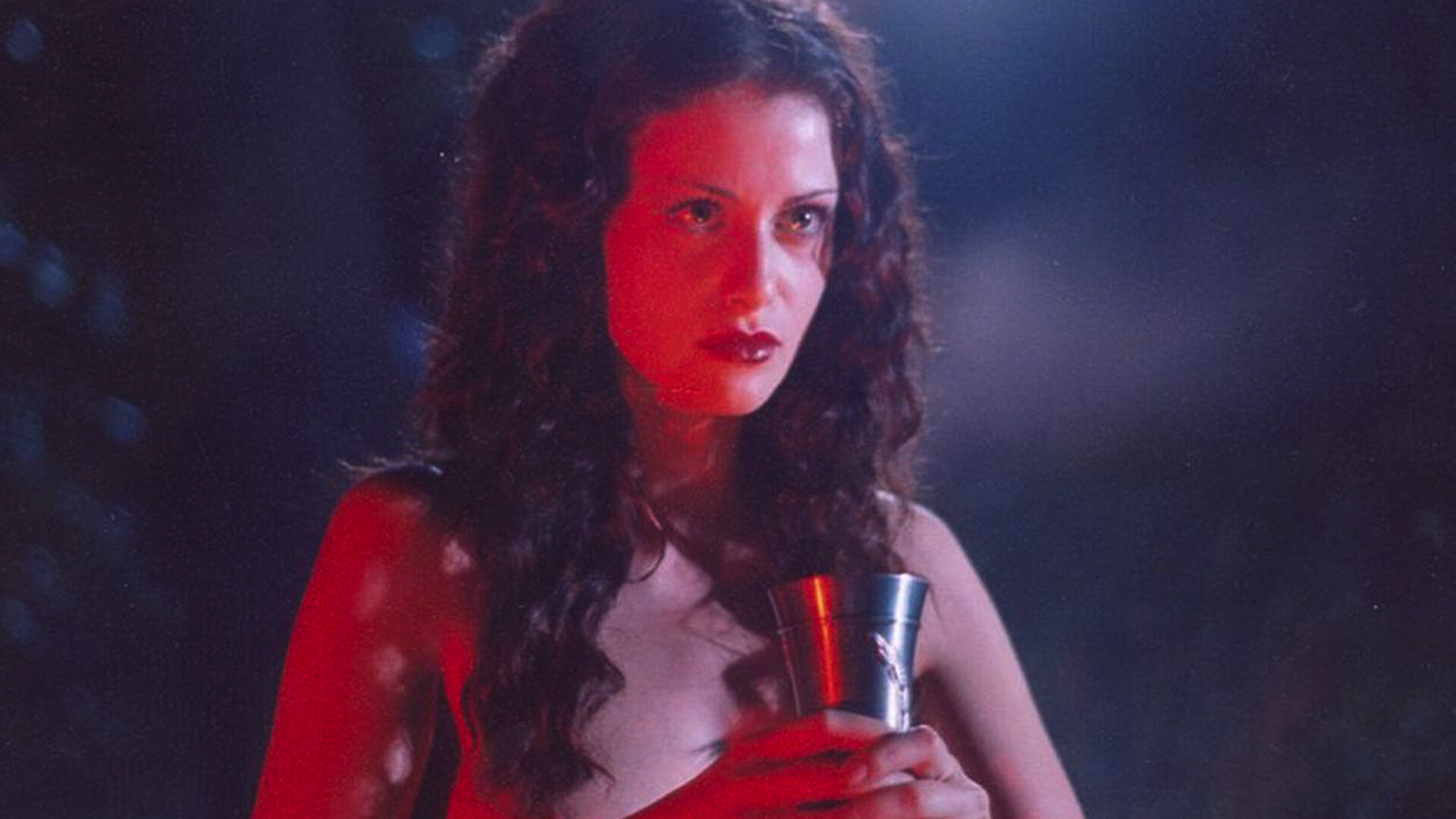
A still from 'The Master and Margarita' miniseries
Vladimir Bortko/Lenfilm, Central Partnership, 2005The Master and Margarita, perhaps Russian literature’s most mystical novel, was banned in the USSR for decades. Bulgakov's goal was to produce a work about God and the Devil. The novel has two parallel narrative threads -- in the first, the Devil and his retinue arrive in the Soviet capital, Moscow, and many incidents of pandemonium ensue. The Devil offers Margarita a pact - she becomes a witch and the hostess of Satan's ball, and in return he will help her Master, a struggling writer, to complete his unfinished novel.
(It’s likely that the prototype for Margarita was Bulgakov's wife who may have been secretly working for the NKVD, thus shielding her husband from persecution. Bulgakov is thought to have used the plotline to let his wife know that he endorsed her pact with the devil.)
The second narrative thread takes the reader back in time, to almost 2,000 years ago when Pontius Pilate, governor of the Roman province of Judaea, faced off against the dissident Jewish preacher Yeshua Ha-Notsri (loosely based on the life of Jesus Christ). Eventually, Pilate arrested and executed Yeshua.
The mysticism that imbues The Master and Margarita is so intense that it spilled out into the life of the author himself. Bulgakov spent more than 10 years working on the novel, rewriting it several times, making endless revisions. His health deteriorated significantly during his years writing the novel, and he started to take morphine to dull the intense pain. Eventually, Bulgakov was so incapacitated that he was unable to make the final edits by himself and so he dictated them to his devoted wife. Bulgakov died in 1940 without completing the novel, which was only published for the first time 16 years after the author's death.
Even film versions have suffered from the effects of the novel's nefarious mystical force. Not a single attempt to bring the novel to the screen has enjoyed much success. One film spent all of 14 years waiting in the wings in post-production, and when the moment of its debut came it proved a flop at the box office. Director Vladimir Bortko's screen adaptation for a TV series was beset by a whole slew of mysterious and even deadly events. For example, actor Oleg Basilashvili, who played Voland - i.e. the Devil - lost his voice very suddenly in the middle of his character's monologue, and it took him a long time to recover from this mysterious illness. In a terrible coincidence, within five years of the series making its debut, 13 of the actors involved in the production had died!
Dear readers,
Our website and social media accounts are under threat of being restricted or banned, due to the current circumstances. So, to keep up with our latest content, simply do the following:
If using any of Russia Beyond's content, partly or in full, always provide an active hyperlink to the original material.
Subscribe
to our newsletter!
Get the week's best stories straight to your inbox